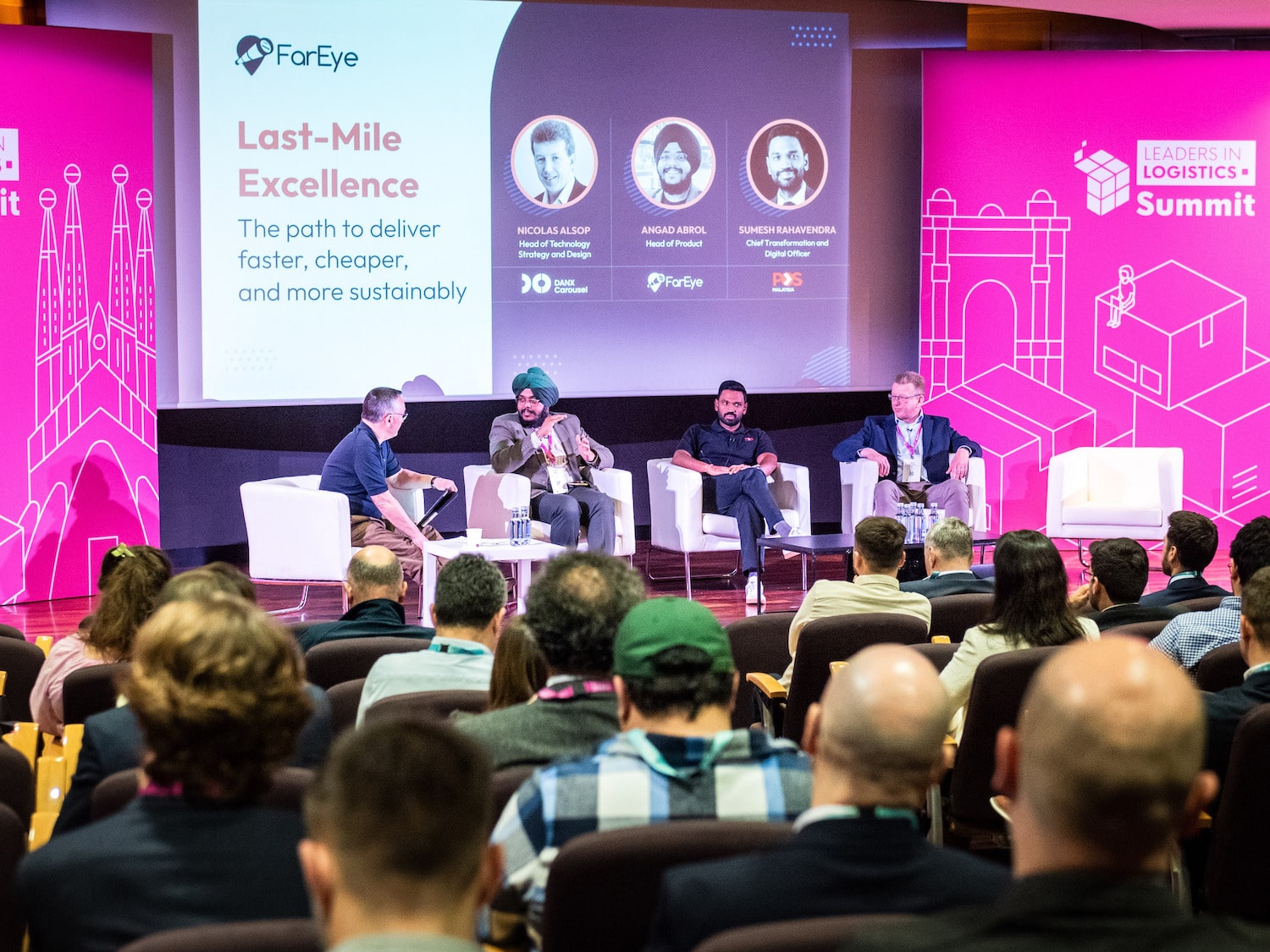Insight / Blog
3 Highlights from Leaders in Logistics 2023

Summary: How to innovate, sustainability standardisation and the challenge for posts in a parcel-first world – these are the key themes from Leaders in Logistics 2023.
At the end of March, Leaders in Logistics returned to London, bringing together some of the world’s biggest parcel delivery businesses under one roof. We had a great time meeting and talking to you at our stand, featuring the Drop-Off Kiosk (and cookie station) and at Mike Richmond’s talk on Rethinking Innovation.
With over 80 speakers from all around the world squeezed into just 2 days, the event was crammed with insight, but it was impossible for one visitor to get to everything. That’s why we’ve turned our Doddle team’s collective conference notes into an edited highlight reel, just like last year, so you can reflect on the essentials from this year’s Leaders in Logistics.
Sustainability is still a hot topic – but progress is being made
Unsurprisingly, sustainability was a common theme at Leaders in Logistics. As with many events over the past couple of years, we saw a variety of stats highlighting its importance, from leading figures like Markus Reckling, Chief Executive Officer of DHL Express, whose presentation noted that 58% of consumers are willing to wait longer for a greener delivery.
Likewise, Thiemo van Spellen (Group Global Accounts Managing Director at GeoPost) and Stella Vatcheva (Global Head of Innovation at Euromonitor International) shared in their talk ‘Delivering outstanding customer experience with every delivery’ that:
-
64% of customers chose retailers based on sustainable delivery.
-
78% of consumers try to have a positive impact on the environment through their everyday actions.
-
77% of companies have expanded their sustainability initiatives compared with 2019.
The focus wasn’t just on demand, though. The conversation progressed to the actions various leaders are taking – and why sustainability is key for increased efficiency and improved business processes. During his talk, Neil Shelton, Chief Strategy Officer at GXO Logistics, showed how sustainability conversations have changed by emphasising a direct correlation between operational excellence and environmental impact. Using packaging as an example, Neil showcased how smaller packaging can lower transportation costs and emissions, as more items can fit inside delivery vehicles. It’s not just reducing waste, but optimising space. Similarly, innovations in packaging material can also help to protect items in transit, reducing the number of returns due to damage.
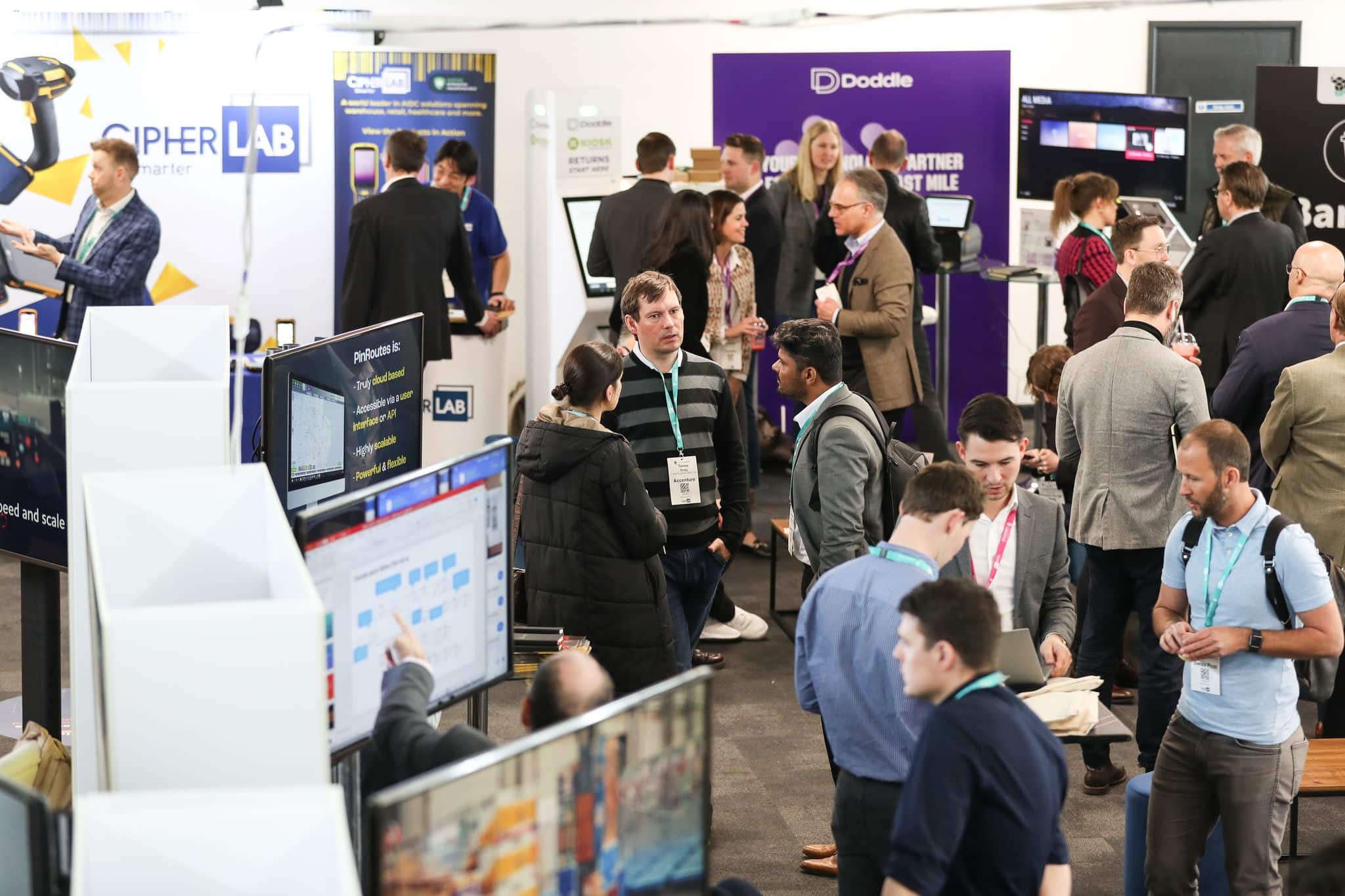
There was also a strong call for more standardisation to help speed up sustainability processes during Leaders in Logistics. Stuart Murphy, Head of Fleet Transformation and Integration at Royal Mail, stated that the quicker we standardise and know where we are going, the faster we can achieve sustainability goals. Using the analogy of the videotape format war, Stuart compared waiting on sustainability standardisation to seeing whether VHS or Betamax will last. Ultimately, Betamax died, and VHS was adopted at a rapid rate. Once businesses know which sustainability methods will last, they will rapidly adopt them.
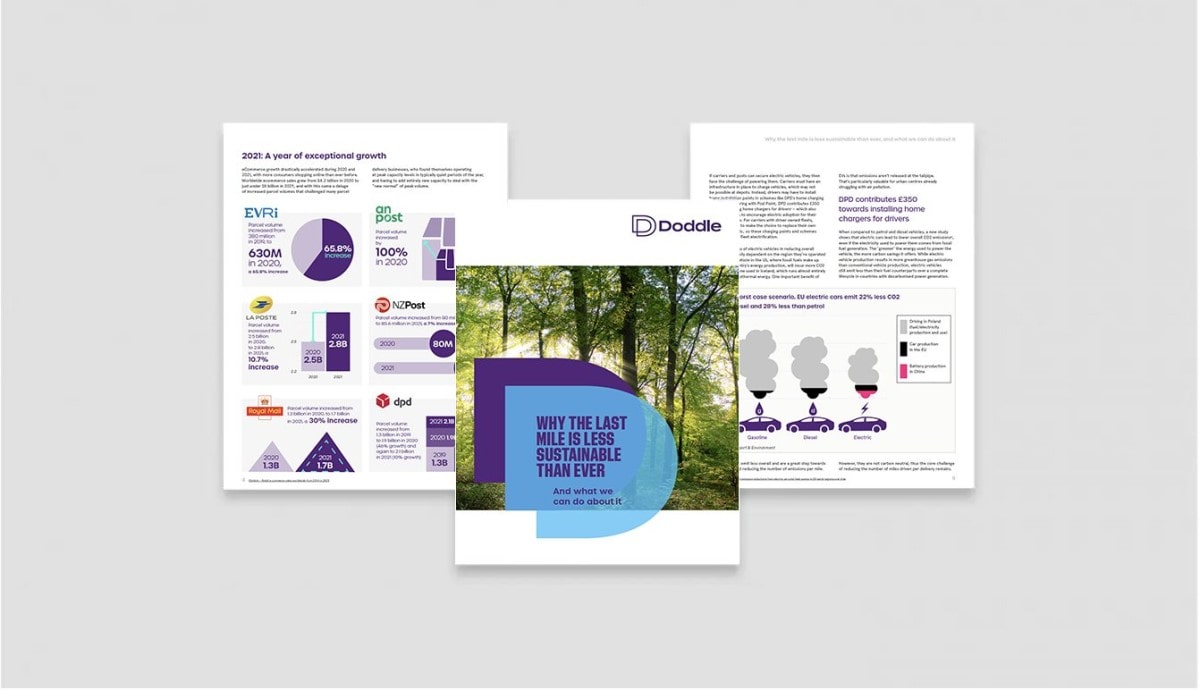
So how do carriers speed up the testing stage of sustainability? The answer lies in external partnerships. Olly Craughan, UK Head of Sustainability at DPDgroup, talked through some of its current sustainability initiatives – including using 400 air quality sensors in delivery vehicles. Through this, DPD is helping to calculate local hotspots and feeding back useful data to public health departments and local authorities. This type of collaboration at the local authority level is becoming more and more important to carriers’ sustainability strategies.
Thiemo van Spellen discussed moving GeoPost’s carbon neutral date forward to 2040, after being the first global parcel carrier to have its target approved by the Science Based Targets initiative. The more carriers that follow suit to work with independent agencies to validate their goals and commitments, the quicker sustainability standardisation will follow, and consumer trust in green commitments will be higher.
Posts will struggle to grow if they don’t adapt
Andre Pharand, Global Managing Director at Accenture, delivered a great talk on ‘Future trends in postal and parcel delivery’. This talk was particularly eye-opening for the postal sector, which Andre warns will struggle to grow amongst parcel competition unless they undergo transformational change.
Accenture’s research has highlighted that some postal companies, like Correos and Posten Norge, now have smaller revenues than in 2007. This is partly due to the continuing decline of mail revenues, as well as a lack of initiatives to ‘add value to mail’ – but is most importantly a reflection of Posts’ relative performance in the parcel market, where they are no longer winning by default.
Postal operators that have diversified into logistics have performed better, seeing moderate (2-5%) or high single-digit% growth in revenue over the past 15 years. However, postal operators are largely losing ground in the parcel market, with other logistics companies claiming more and more market share.
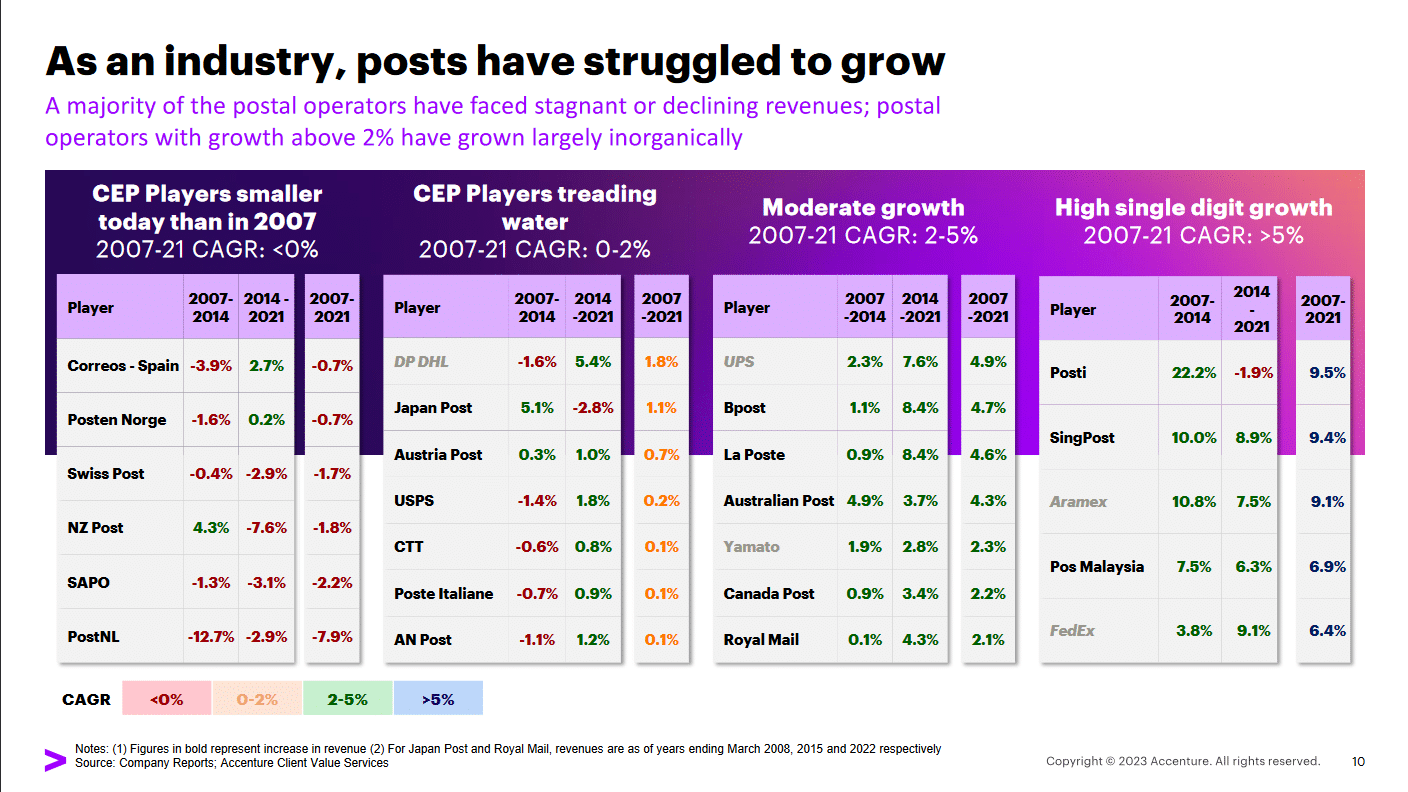
Carriers can dominate market share because of their low-asset, non-national set-up, allowing them to focus on customer service and specific features to win consumers and grow revenue. If postal operators want to compete, they need to diversify their offerings. Royal Mail’s Parcel Collect service is a great example of how this can be done, using the company’s USO to deliver to every address in the UK as a unique offering that parcel operators cannot compete with.
However, with falling mail revenue, it’s clear that more needs to be done for Posts to adapt and compete within the parcel market.
Rethinking innovation as routine opportunities
In Aramex Chief Strategy Officer Dr Johannes Distler’s talk, ‘Diversified supply-chains as an opportunity for the logistics industry’, he outlined how disruption of the supply chain during Covid, combined with increased energy costs, is causing supply chains to become more complex and more ‘disintegrated’. Within this complexity, Johannes reveals that this change will create a vast space for new innovations.
With change comes more opportunity for innovation and growth. But it’s not just within the supply chain that we see changes. It’s happening across the industry: parcel volumes no longer automatically growing every year in most Western markets, and consumer habits are changing in the buying, delivery and returns phase of ecommerce, even to the level of when they’re available at home to receive a delivery.
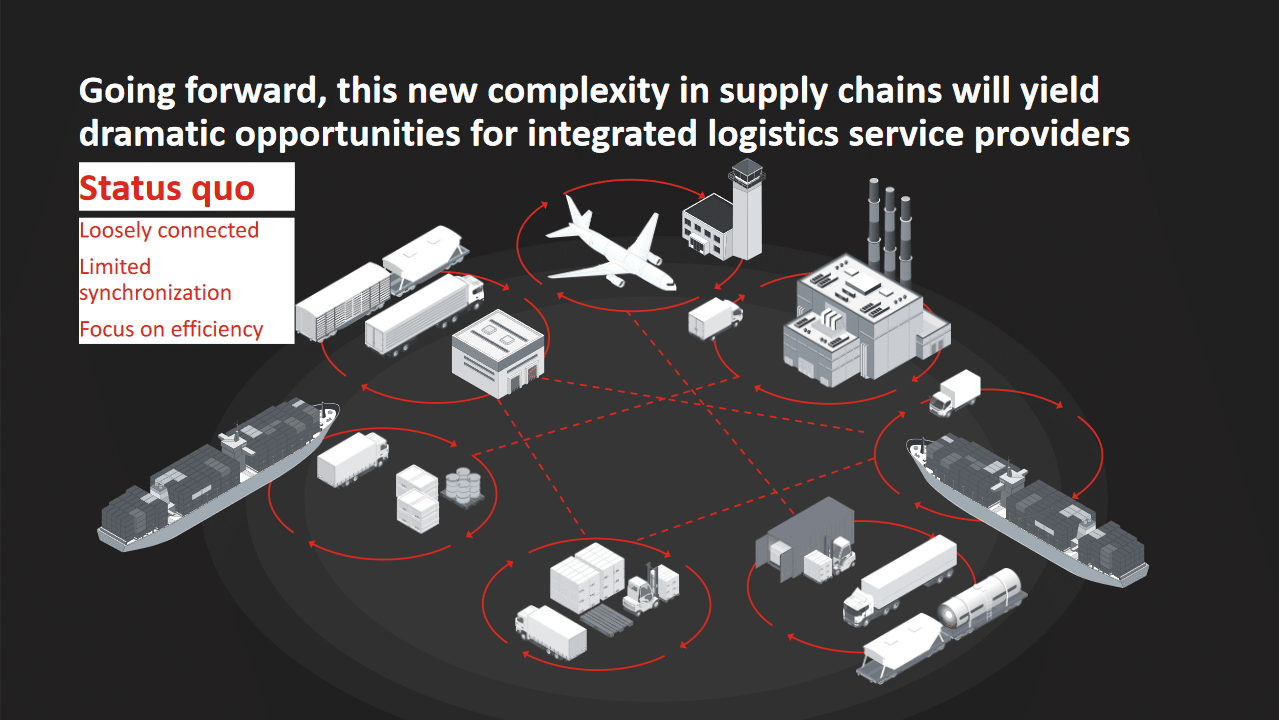
The industry is ripe for innovation. But the way we think about it needs to change. Our own Mike Richmond outlined two types of innovation in his presentation: transformative and routine. Transformative innovation is something that brings radical change or expansion to a business. It’s the definition that people most associate with innovation, along with brand-new technologies and systems, like robotics.
There were a few mentions of transformative innovation during Leaders, with Thierry Golliard, Director of Open Innovation and Venturing at Swiss Post, who talked about using robotics to deliver drugs to sick patients or indoor robotics within hotels or hospitals. However, transformative innovation is hard to come by. Not everyone can create the next iPhone, and that’s okay. For the most part, businesses don’t need transformative innovation. They need routine innovation.
Routine innovation is based on the everyday. It’s about looking for ways to boost efficiency by improving operations or growing businesses through new products or service improvements. According to Harvard Business School professor Gary Pisano, routine innovation is the source of the significant majority of profit that companies derive from innovation. It’s also easier to achieve, and has a more practical roadmap to reach.
Sven Richard Magerøy Tønnessen, Head of Emerging Technology at Posten Norge, also echoed this in his talk ‘At the cutting edge: innovating with emerging technologies’. Here, Sven outlined that innovation is reliant on new adoption of the right tech at the right time. Achieving this doesn’t require being trapped in a room putting post-it notes on the board to find the next big idea. It requires an openness to trying new things and a business that is set up to test and learn from small projects and pilots, finding ways to add value all around the business.
Over time, those small routine innovations will culminate in big growth.
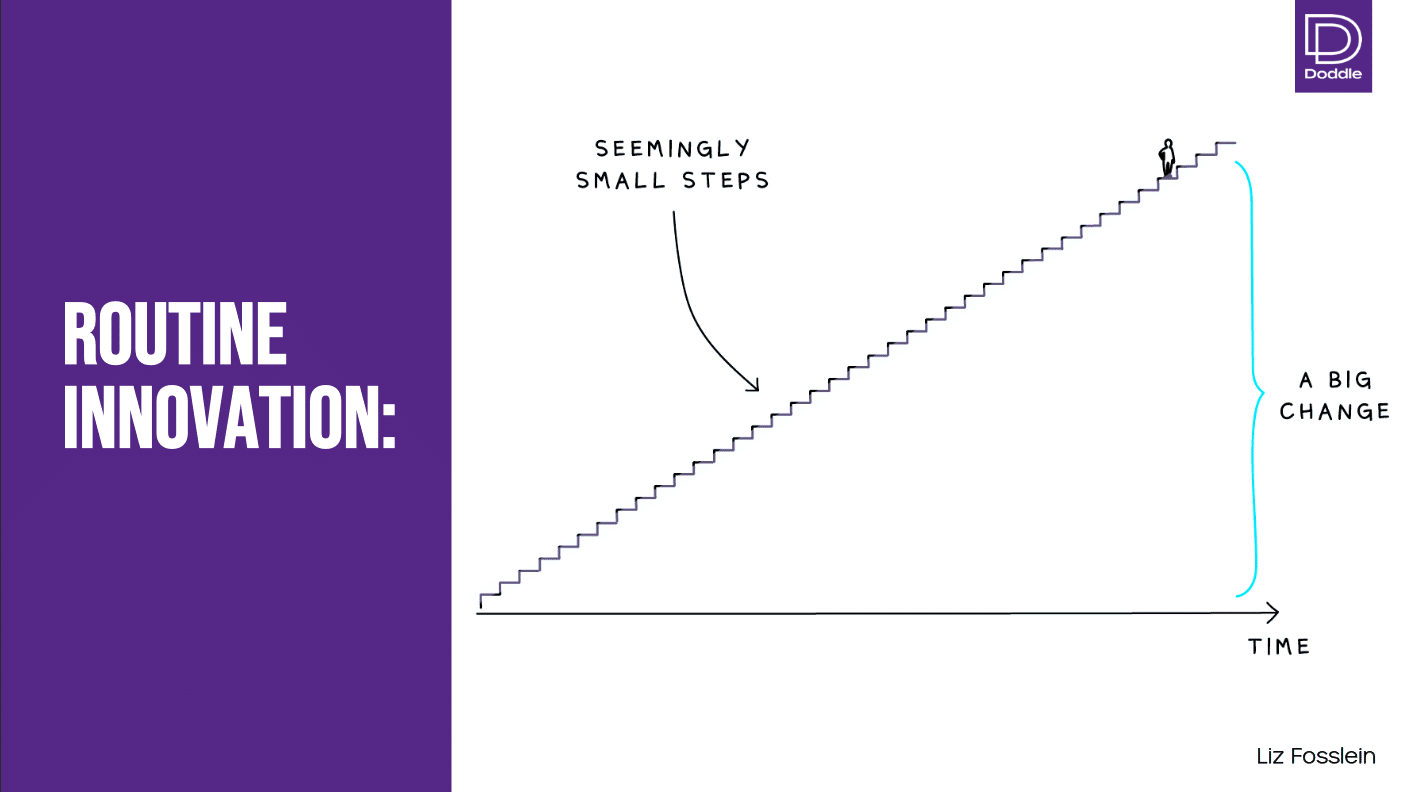
Leaders in Logistics 2023: Partnerships are key
One thread seems consistent among the lessons we learnt from Leaders in Logistics: partnerships are key for achieving sustainability goals, developing new products and innovating.
Swiss Post’s Thierry Golliard emphasised that partnerships are key for quick movement and innovation. This is something that Mike also expanded on in his talk: although innovation can be achieved in-house, because carriers and Posts tend to have a lot of resource to bring to bear on problems, this resource is best used in the core activities of the business. At the edge, where other businesses have spent much more time and energy to build solutions and products for specific challenges, having strategic partnerships is a faster and more efficient option to add value than an in-house team replicating that work can be.
If you’d like to access Mike’s slides, they’re available here.
Related articles
Return fees or free returns: why not both?
Debates between return fees or free returns miss the bigger picture: how to address the root issues of returns.
Important lessons from Leaders in Logistics 2024
Leaders in Logistics 24 dived into AI & automation, sustainability, changing ecommerce behaviours, emerging consumer expectations & predicted what the next decade had in store.
Postal results, reforms, and returns
Posts around the world are seeking reform, but how can they drive improved results in the short term?










